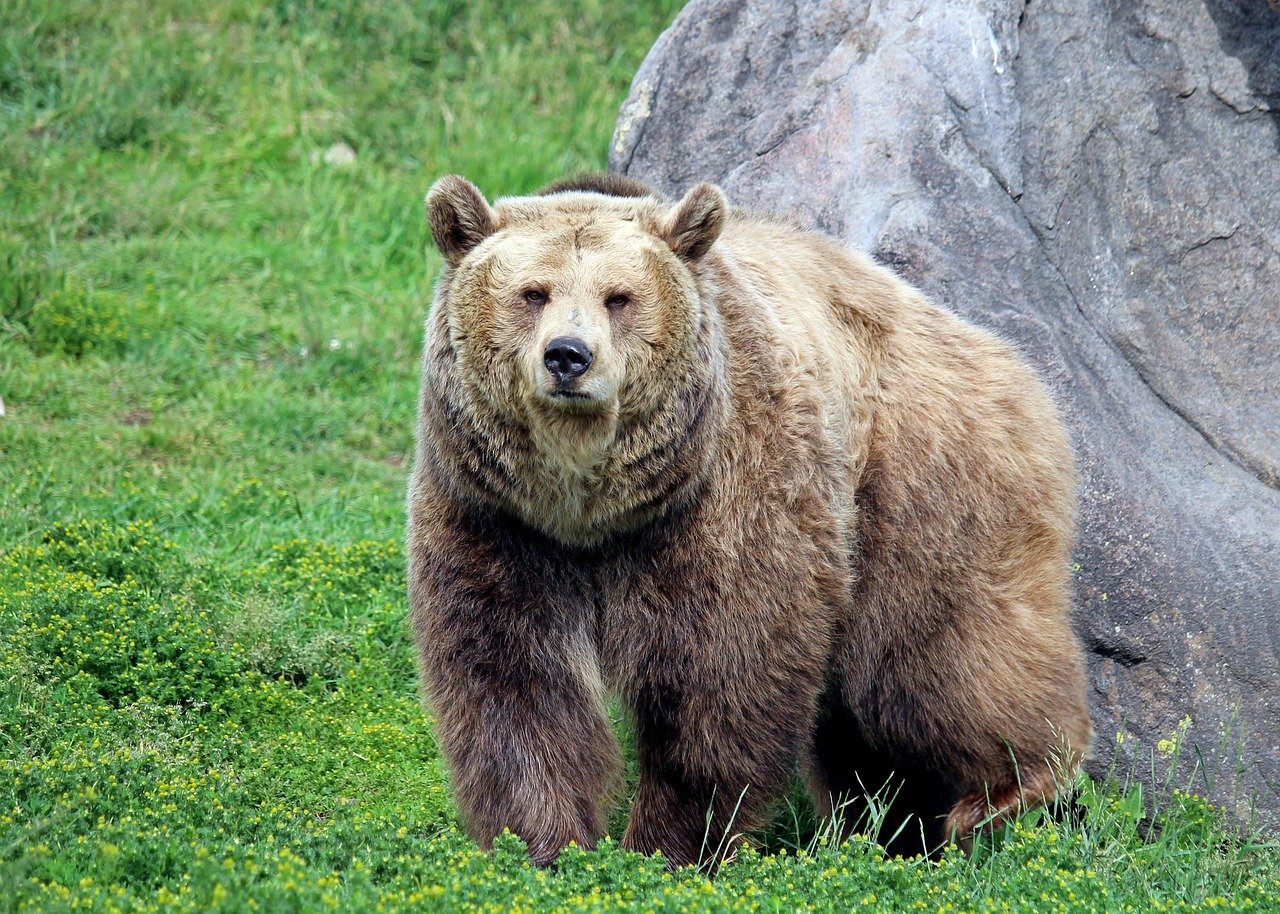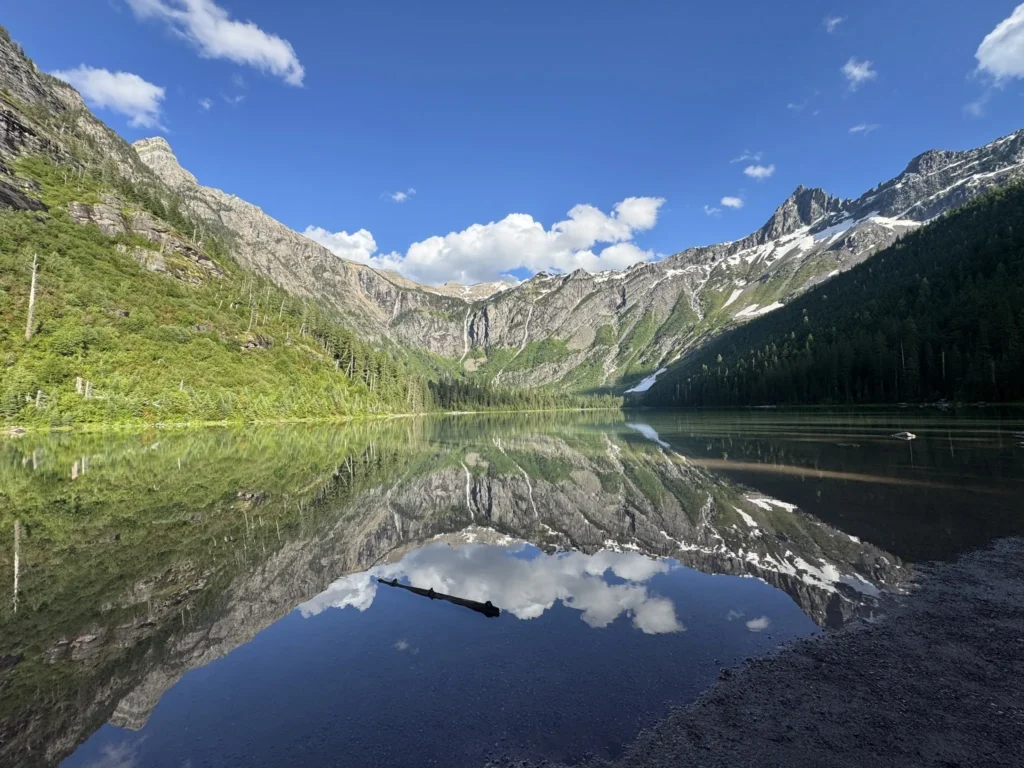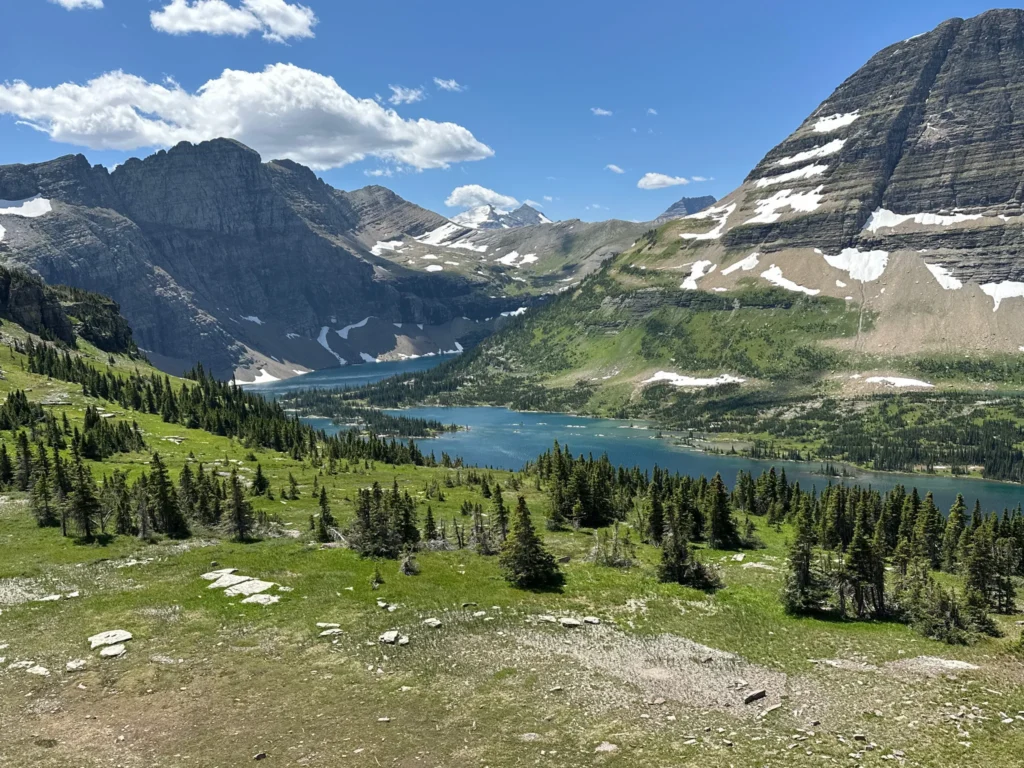Montana’s wilderness is breathtaking—and it’s also bear country. With robust populations of both black bears and grizzlies, staying safe on the trail means understanding how bears behave, knowing how to avoid encounters, and preparing to respond if you do run into one. Here’s what you need to know before hitting the trail.
Montana’s Bears: Know Who’s Out There
Montana is one of the last strongholds for grizzly bears in the lower 48, with robust populations in the Greater Yellowstone Ecosystem, Glacier National Park, the Bob Marshall Wilderness, and surrounding public lands. Black bearsare even more widespread, found throughout forested and mountainous regions of the state.
Grizzlies are typically larger (up to 800 pounds), with a shoulder hump and concave facial profile. Black bears come in various colors—from black to cinnamon—but lack the shoulder hump.
While attacks are rare, encounters are not. The key is to reduce your risk and be prepared to act appropriately if you cross paths.
Seasonal Bear Activity in Montana
Bear behavior shifts with the seasons:
- Spring (April–June): Bears emerge from hibernation hungry and may be more active near lower elevations. Females with cubs are especially protective.
- Summer (July–August): Food is more abundant, but bears roam widely, especially near berry patches, rivers, and hiking trails.
- Fall (September–October): Bears enter hyperphagia—a pre-hibernation eating frenzy. They’re highly food-motivated and increasingly active.
- Winter (November–March): Most bears hibernate, but warm spells can stir some early. Tracks in snow aren’t impossible.
Always check with local rangers before hiking, especially in spring and fall when sightings spike.
Where Bear Sightings Are Most Common
Bear activity is highest in and around:
- Glacier National Park (especially Many Glacier, Two Medicine, North Fork)
- Bob Marshall Wilderness Complex
- Beartooth Mountains and Absaroka Range
- Gallatin Range near Big Sky and Yellowstone boundary
- Cabinet Mountains and Yaak Valley
Check trailhead notices and park websites for current bear activity alerts. Glacier National Park, for instance, maintains an up-to-date bear status page:
https://www.nps.gov/glac/planyourvisit/bears.htm
Avoiding a Bear Encounter
The best bear encounter is the one you avoid. Here’s how:
- Make Noise: Talk loudly, sing, clap—especially near brushy areas, streams, or blind corners.
- Travel in Groups: Solo hikers are more likely to have negative encounters. Three or more is safest.
- Avoid Dawn and Dusk: Bears are most active during low-light hours.
- Watch for Signs: Tracks, scat, diggings, or scavenged carcasses are signs to turn back or detour.
- Leash Your Dog: Dogs can provoke defensive responses from bears.
Bear Behavior: What to Expect If You’re Seen
Not all bear encounters are the same. Understanding bear behavior helps you respond calmly and correctly:
- Bear Doesn’t See You: Back away slowly and quietly. Leave the area without drawing attention.
- Bear Sees You but Isn’t Threatened: It may stand on hind legs to sniff, watch you, or even wander off.
- Bear Approaches Slowly or Follows: Stay calm. Talk in a low voice and get your bear spray ready.
- Bear Charges: This could be a bluff charge (stopping short) or a real charge. Stand your ground. Do not run.
What to Do If You See a Bear
- Stop Moving: Do not run. Stand still and assess the situation.
- Speak Softly and Calmly: Let the bear know you’re human and not a threat.
- Back Away Slowly: Never turn your back. Create distance without sudden movements.
- Prepare Your Bear Spray: If the bear continues to approach, it’s time to be ready to use it.
- If Charged: Use your bear spray when the bear is within 60 feet (about 5 car lengths).
Using Bear Spray: Step-by-Step
Bear spray is highly effective—when used correctly. Here’s how:
1. Remove the safety tab
Thumb off the safety clip as soon as you feel threatened. Don’t wait until the last second.
2. Aim slightly downward
Point about 30–45 degrees down in front of the bear to form a dense cloud.
3. Spray in bursts
Fire in 1–2 second bursts. Start when the bear is about 60 feet away. Continue spraying until the bear stops or retreats.
4. Hold your ground
Most charging bears turn away when they encounter the cloud. Do not run.
5. Evacuate the area
Once the bear leaves, leave the area calmly. Report the incident to a ranger station.
Tips:
- Carry spray where it’s easily reachable—hip holster or chest strap.
- Practice removing the safety quickly.
- Replace expired canisters.
- Never test indoors or on gear. Bear spray is not a repellent.
If a Bear Makes Contact
Grizzly (surprise encounter):
- Lie flat on your stomach, hands behind your neck.
- Spread your legs for stability.
- Play dead. Don’t fight unless the attack persists.
Black bear (or predatory attack):
- Fight back with everything you’ve got—rocks, sticks, fists.
- Black bears are more likely to stalk or test you. Do not play dead.
Bear Safety Gear Checklist
- EPA-approved bear spray (within reach)
- Food stored in bear canisters or hung properly
- Unscented hygiene products
- Map with local trail alerts and closures
- Trekking poles (make you look larger and help with noise)
- Group hiking plan and check-in system
Bottom line: Hiking in Montana’s bear country isn’t about fear—it’s about respect. Bears are part of what makes Montana wild and unforgettable. With knowledge, preparation, and the right gear, you can share the backcountry safely.
Would you like this content turned into a printable guide or trailhead info sheet?



